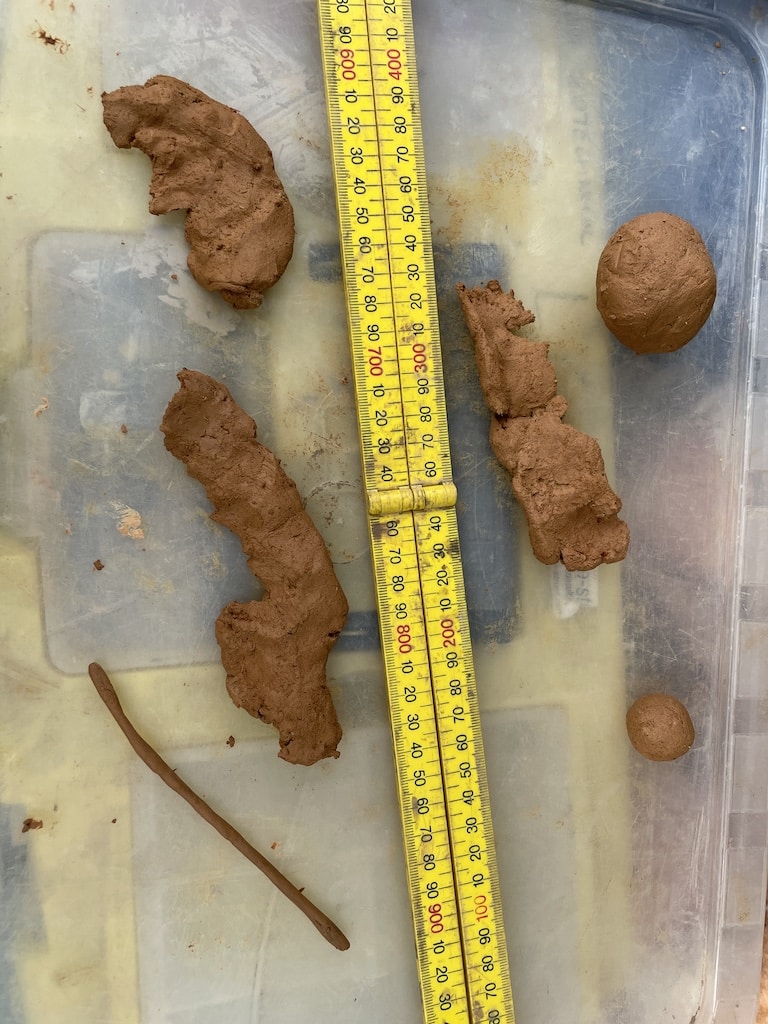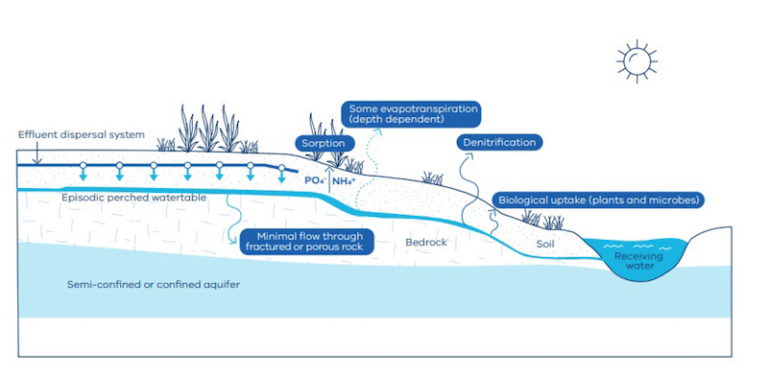Introduction:
Porous sands are generally considered poor soils for effluent dispersal due to their high permeability and low nutrient retention capacity. These soils are composed of large particles with significant gaps between them, allowing water to move through rapidly. When effluent from a septic system is introduced to porous sands, it can quickly percolate through the soil layers without sufficient time for the natural filtration processes to occur.

This rapid movement limits the soil’s ability to trap and treat contaminants, such as pathogens and organic matter, before they reach the groundwater. Consequently, effluent is less likely to be adequately treated, posing a risk of contamination to local water sources.
The high permeability of porous sands also means that they have limited capacity to retain essential nutrients, such as nitrogen and phosphorus. In soils with finer particles and higher organic content, these nutrients are more readily adsorbed onto soil particles and utilized by plants and microorganisms. However, in porous sands, nutrients can be quickly leached away due to the rapid movement of water. As a result, nutrients from the effluent can bypass the soil’s natural filtering mechanisms and enter the groundwater directly. This process not only reduces the soil’s ability to treat wastewater effectively but also increases the risk of nutrient pollution in the water table, which can lead to environmental problems such as eutrophication in nearby water bodies.
Moreover, the rapid percolation of effluent through porous sands can exacerbate the spread of contaminants. As nutrients and other pollutants move quickly through the soil profile, they can reach the groundwater with minimal attenuation. This is particularly concerning for nitrogen, which in the form of nitrate, is highly mobile in sandy soils. Elevated nitrate levels in groundwater pose serious health risks, including methemoglobinemia or “blue baby syndrome” in infants, and contribute to the degradation of aquatic ecosystems. Therefore, using porous sands for effluent dispersal requires careful management practices, such as incorporating layers of finer-textured soils or organic amendments to enhance nutrient retention and filtration, ensuring that the wastewater is adequately treated before it reaches the water table. For more information regarding Land Capability Assessments for Septic speak to Chris or Request an obligation free quotation.





